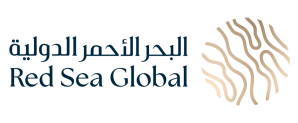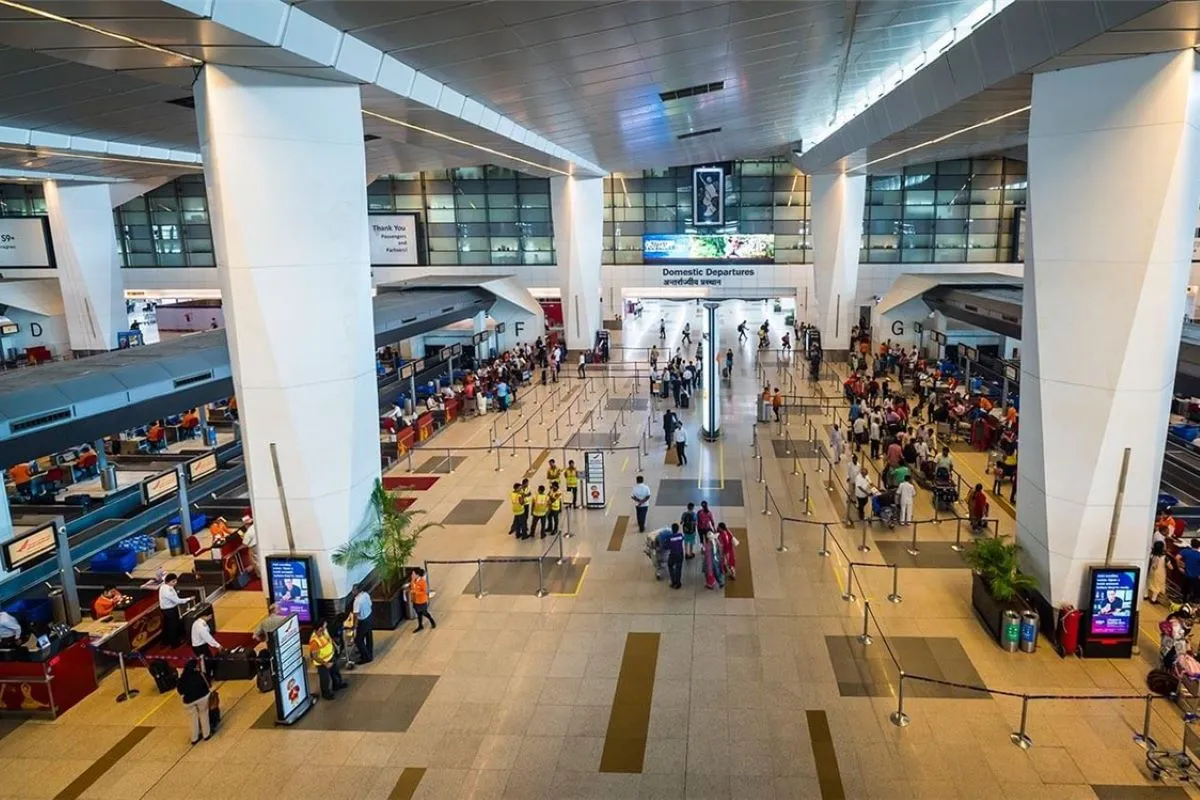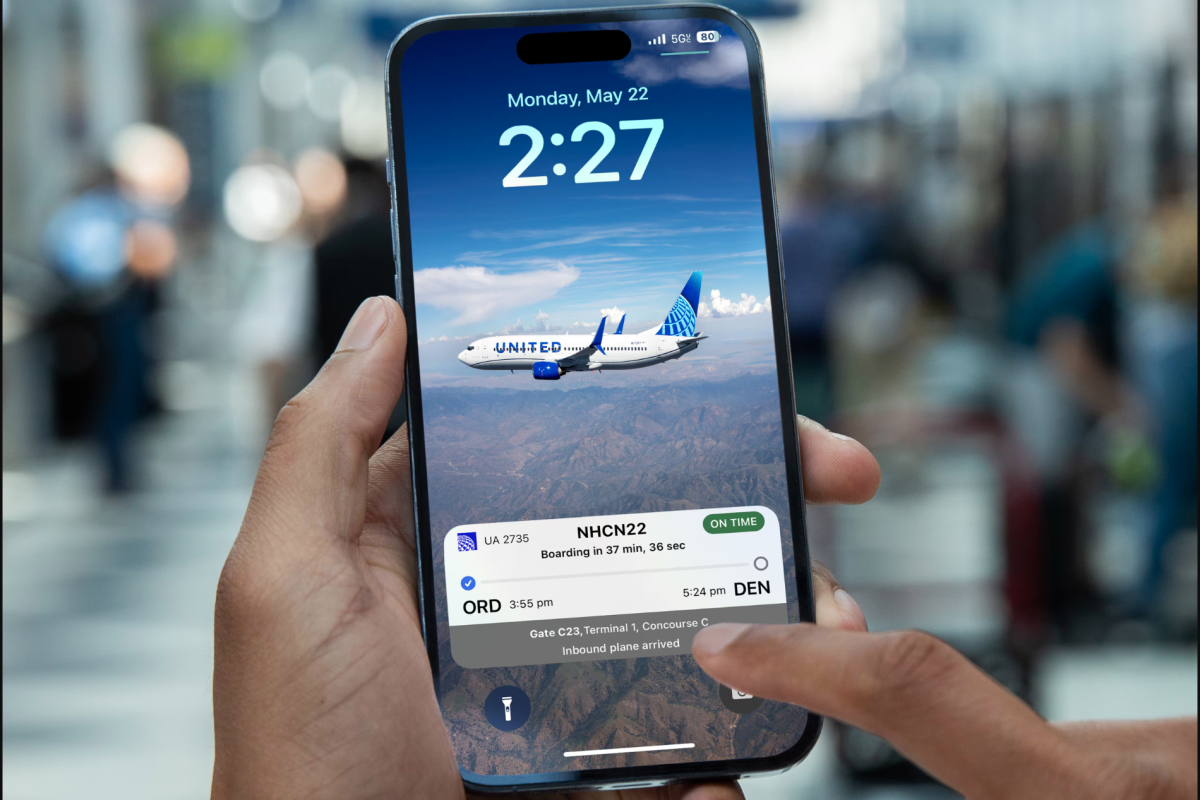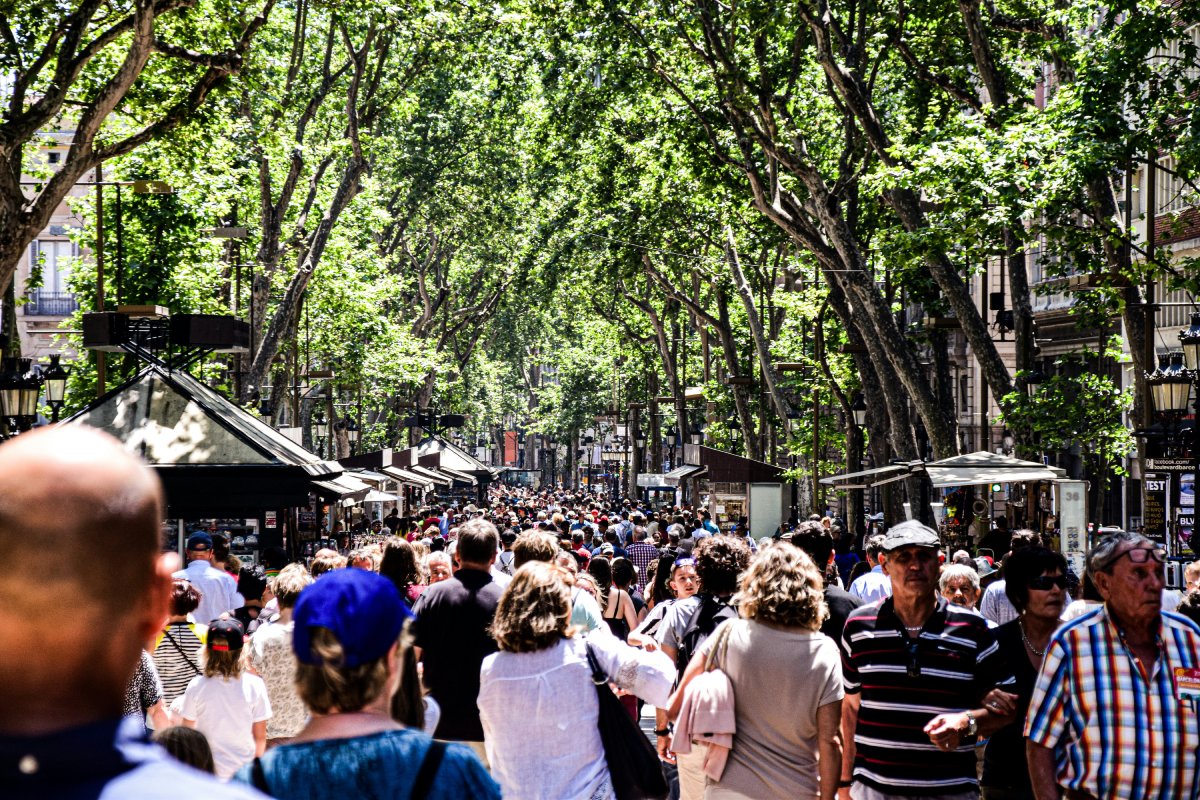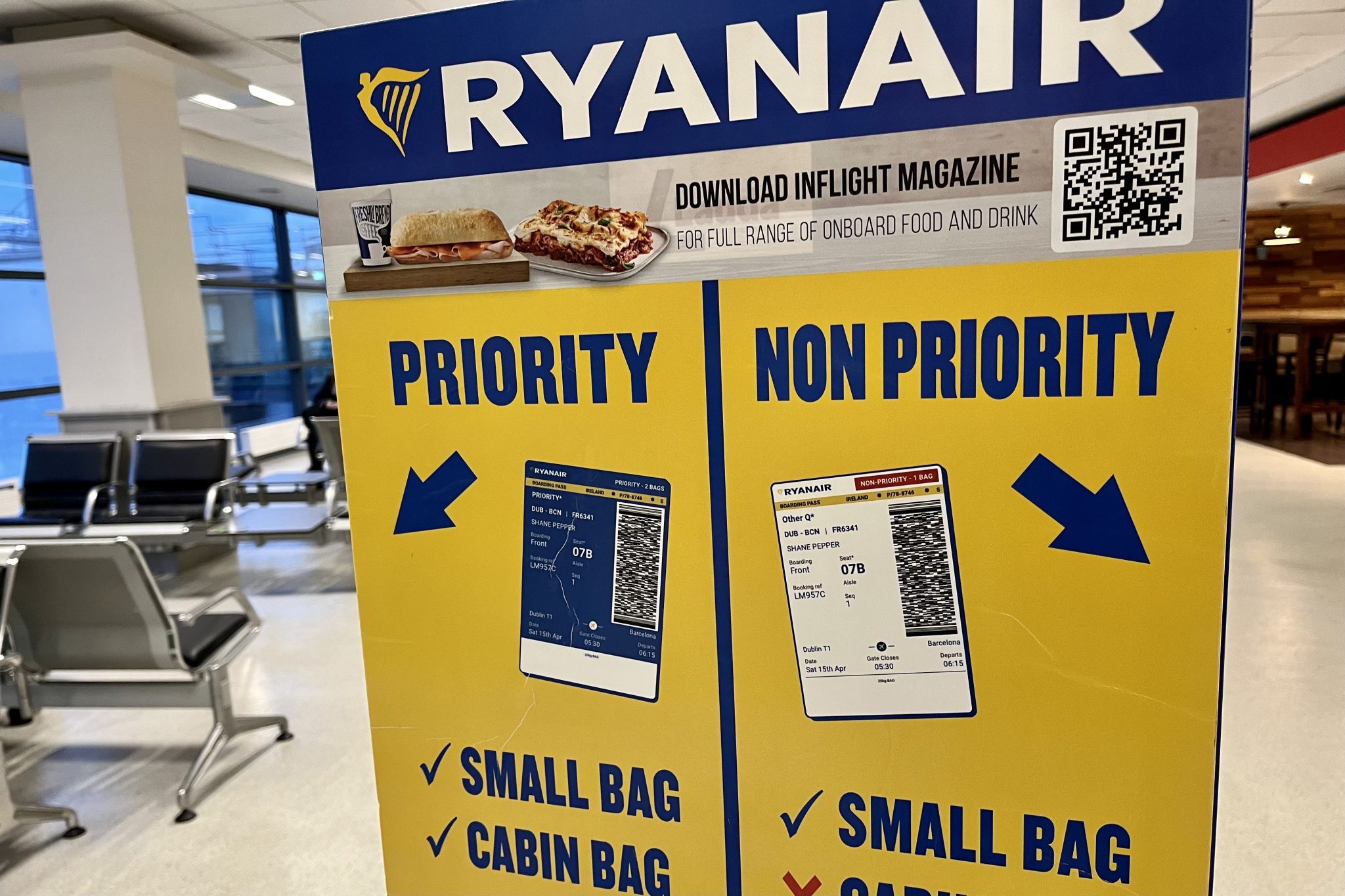Q&A: Red Sea Global Highlights Destination Biodiversity to Attract Divers Worldwide
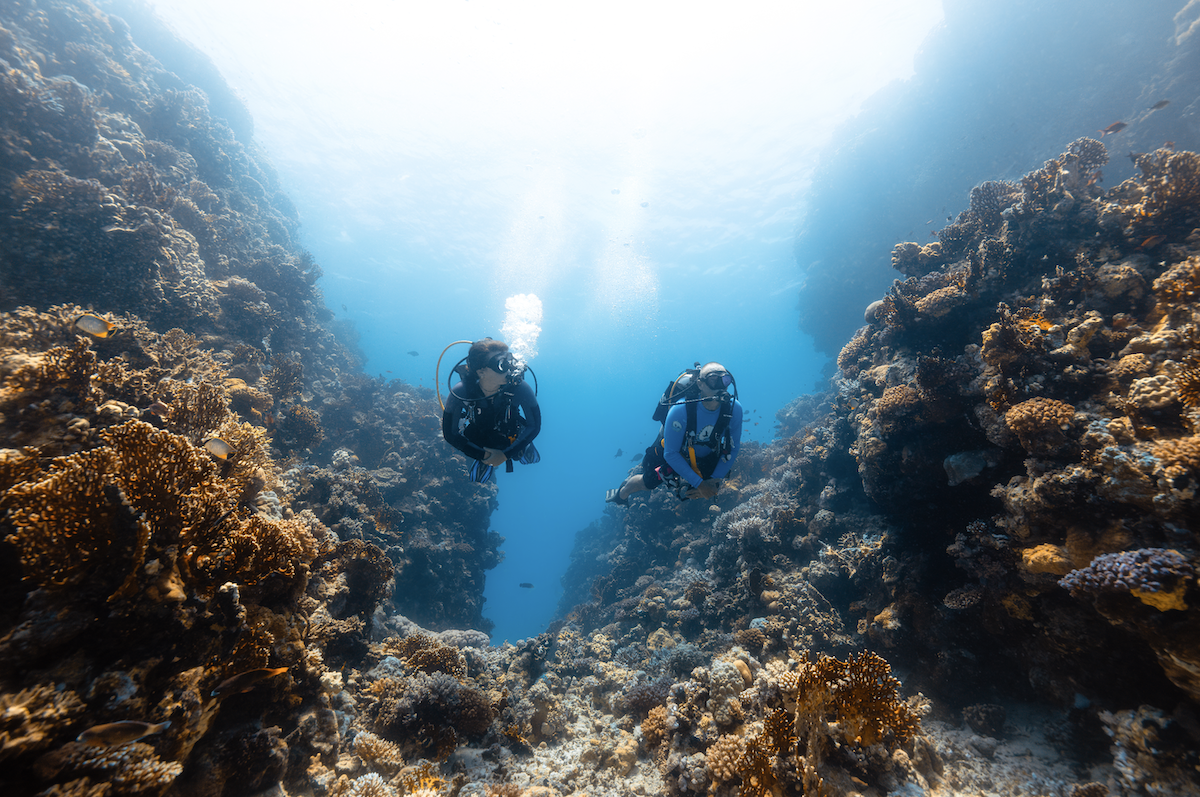
Skift Take
This sponsored content was created in collaboration with a Skift partner.
Nature-based tourism is on the rise. According to Skift Research’s latest findings, travelers are increasingly looking to explore unfamiliar destinations that create lasting memories. There’s a growing preference for experiences that provide personal challenges and deeper connections with the natural world.
SkiftX spoke with Dr. Mishari Al-Saud, associate director of sustainability management at Red Sea Global, to understand how The Red Sea's marine biodiversity is helping the destination attract eco-conscious travelers interested in unique nature-based experiences.
SkiftX: How does Red Sea Global integrate sustainable tourism with marine conservation efforts at The Red Sea?
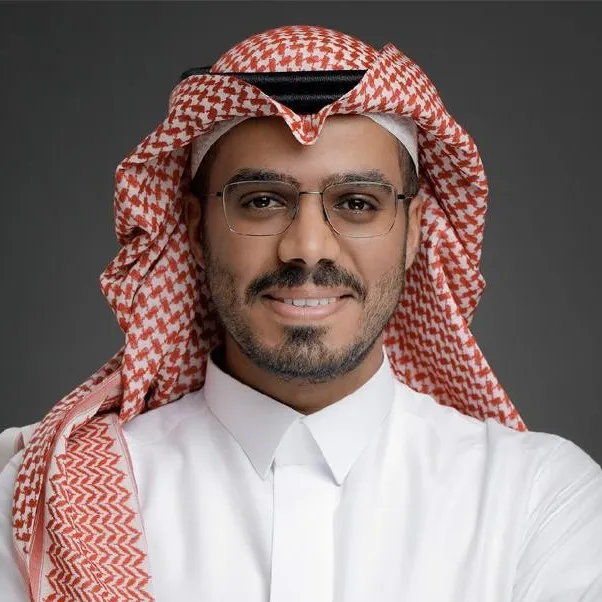
of Sustainability Management at Red
Sea Global
Dr. Mishari Al-Saud: Red Sea Global combines luxury tourism with environmental stewardship to set new standards in the industry. We view tourism and conservation as mutually reinforcing. Our goal is to go beyond minimizing our footprint to actively improve the environments we engage with. For example, we utilize advanced technologies to monitor coral health, relocate endangered corals, and develop coral farming techniques. Our floating nurseries along the Red Sea coast have nurtured corals with 87 to 97 percent success rates across 300 sites.
We’re also creating a global movement that involves our guests directly in our conservation efforts. Visitors have opportunities to actively participate in coral restoration and innovative conservation techniques. This holistic approach ensures that every development and visitor interaction enhances our cherished ecosystems.
SkiftX: What are the key objectives behind Red Sea Global's strategy to make diverse marine environments accessible to tourists?
Al-Saud: Oceans cover over 70 percent of the earth’s surface and are essential to our existence, yet they receive less attention and funding than land-based projects. The UN’s Sustainable Development Goal 14, focused on marine life, is the least funded of all goals. It needs $175 billion annually by 2030 but only received less than $10 billion from 2015 to 2019. This lack of funding is partly because oceans are often out of sight and thus out of mind.
At Red Sea Global, we aim to shift this focus by highlighting the significance and beauty of the Red Sea's marine environments. We’re committed to preserving these habitats while making them accessible to tourists. We minimize our environmental impact by implementing careful planning and innovative techniques so visitors can enjoy these ecosystems responsibly. Our goal is to enhance the connection between people and the oceans and increase awareness and support for marine conservation.
SkiftX: What ecotourism experiences can visitors look forward to at The Red Sea?
Al-Saud: The Red Sea provides a holistic experience that connects guests with nature, culture, and local communities. A visitor’s day might begin by hiking along a trail between land and seashore, navigating through intertidal zones, and planting mangroves to witness the ecosystems where crabs, fish, and migratory birds thrive. They can then enjoy a traditional Saudi meal in a local village and experience the region’s hospitality and rich flavors. The day could end with stargazing under a night sky preserved by the Dark Sky Initiative, free from light pollution.
Local Saudi guides with deep knowledge of the region’s natural landscapes and cultural heritage lead these experiences. They help facilitate cultural exchanges between guests and local artisans, craftspeople, farmers, and musicians, adding to guests’ understanding of Saudi Arabia’s rich heritage and natural beauty.
SkiftX: What unique species can divers explore in the Red Sea that they might not encounter elsewhere?
Al-Saud: The Red Sea is rich in marine biodiversity and home to the most stunning and resilient corals anywhere in the world. It features 175 species of corals and provides a diverse range of habitats for flora and fauna, including 195 species of fish that divers can experience firsthand.
Among these wonders are a substantial number of endangered and critically endangered species, such as the Dugong, Halavi Guitarfish, and Green and Hawksbill sea turtles, and a thriving, eight-meter-high single coral colony estimated to be around 600 years old — an ancient giant that stands as a testament to this remarkable ecosystem’s resilience.
Our mission is to protect these species so these habitats remain pristine and healthy for divers to enjoy.
SkiftX: How does RSG approach the challenge of showcasing rare marine species without disrupting their natural habitats?
Al-Saud: We’ve deliberately designed our destinations to accommodate no more than one million visitors annually at The Red Sea and half a million at AMAALA to protect these fragile environments from being overwhelmed. Our development is equally restrained — we’re developing just 22 of over 90 islands at The Red Sea and using just five percent of the AMAALA site.
We’ve implemented a 16-point code of conduct for diving experiences that includes using reef-friendly sunscreen and practicing precise buoyancy control to minimize any impact on marine life. We also rotate dive sites to avoid overuse, ensuring these sensitive habitats remain undisturbed.
These measures help us protect The Red Sea's marine species and ecosystems and maintain their vibrancy for future generations.
SkiftX: How does RSG measure the success of its marine life conservation initiatives, and what have been some of the notable outcomes so far?
Al-Saud: Protecting our natural environment is our top priority. So, before a shovel hit the ground, we undertook a comprehensive Marine Spatial Planning (MSP) exercise, sending in scientists to catalog and assess The Red Sea destination’s biodiversity. This process led us to a key decision to develop just 1 percent of the 10,810 square miles (28,000 square kilometers) area and leave the rest untouched. This exercise also helped us set a goal of a 30 percent net conservation benefit for the area by 2040.
The true measure of our success will come in 2040, but until then, we use science-based methods to ensure our activities effectively support our conservation goals. Meanwhile, we’re already celebrating some exciting milestones. We’ve successfully transplanted one million seedlings from our Mangrove Nursery across our destination areas. We expect to grow a further two million mangrove seedlings this year. We’ve also created over 83,367 square meters (20 acres) of new wetlands and now regularly attract wildlife such as Barn Swallows, Blue Rock Thrushes, and Black Winged Kites.
Other efforts to measure success include advanced monitoring technologies and comprehensive environmental surveys. For example, we use robots and machine learning to monitor coral cover, capturing 3-D images that allow scientists to quickly identify and address threats such as coral bleaching and invasive species.
SkiftX: How does RSG educate and engage visitors about the importance of marine conservation during their stay?
Al-Saud: Our water sports brands, WAMA and Galaxea, play a key role in educating visitors about marine conservation. WAMA Sailing Club offers lessons on sustainable sailing practices, while Galaxea’s diving instructors teach the importance of preserving marine flora and fauna.
Additionally, our land-based adventure brand, Akun, educates visitors about the interdependence between land and ocean ecosystems and the importance of the Ridge to Reef (R2R) concept. This integrated management strategy views ecosystems as interconnected and emphasizes the need to manage them as a cohesive whole.
We’re also developing a Coral Cadets program, which would allow international guests and Saudi locals to collaborate with scientists, communities, and coral farmers to participate in coral restoration activities.
SkiftX: Looking ahead, what future initiatives has RSG planned to improve the protection of marine biodiversity and the visitor experience?
Al-Saud: As we expand, with three resorts now open at The Red Sea and an international airport handling domestic and international flights, we remain focused on innovating in regenerative tourism. More resorts are set to open throughout the year, and AMAALA and Thuwal Private Retreat are preparing to welcome visitors.
Other plans include developing a coral breeding lab to enable the year-round production of juvenile corals, which is essential for sustaining coral populations and promoting reef resilience, and creating specialized habitats to protect endangered species and ensure their survival amidst changing environmental conditions. Our scientists are simultaneously pioneering the use of 3D-printed materials to construct artificial reefs, creating more diverse marine life and improving overall underwater ecosystem health. These are some powerful examples of our unwavering dedication to advancing regenerative tourism.
For more information about The Red Sea, visit visitredsea.
This content was created collaboratively by Red Sea Global and Skift’s branded content studio, SkiftX.
